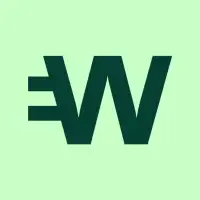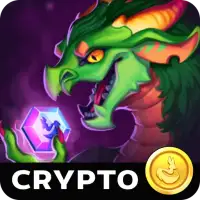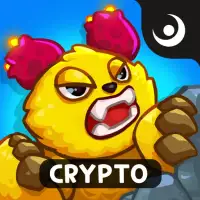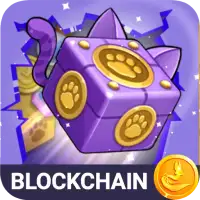What is Ethereum ?
Ethereum is a decentralized, open-source blockchain platform that enables developers to build and deploy decentralized applications (dApps) and smart contracts. Ether (ETH), the native cryptocurrency of the Ethereum network, plays a crucial role in powering these operations and facilitating seamless transactions within the ecosystem.
September 11, 2024 01:59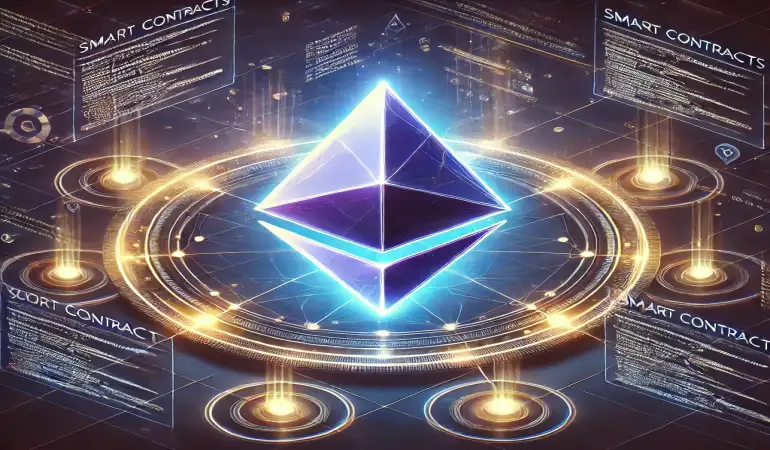
Ethereum is a decentralized, open-source blockchain platform that enables developers to build and deploy decentralized applications (dApps) and smart contracts. Ether (ETH), the native cryptocurrency of the Ethereum network, plays a crucial role in powering these operations and facilitating seamless transactions within the ecosystem.
Ether’s Role in Ethereum
Ether serves as the fuel that powers the Ethereum network, similar to how gas fuels a car. Developers use Ether to pay for deploying applications and executing smart contracts on the blockchain. Users who interact with dApps must also pay transaction fees in Ether. These fees are known as “gas fees” and are determined by the computational resources required to process the transaction. Essentially, Ether is the currency that keeps the Ethereum network running smoothly, compensating participants (miners or validators) for verifying and processing transactions.
Uses and Flexibility of Ether
While Ether was originally designed for use within the Ethereum network to enable dApps and smart contracts, its utility has expanded significantly. Ether is now widely accepted as a form of payment by merchants and service providers, making it much more than just a platform currency. This flexibility allows Ether to be used for a wide variety of financial transactions, ranging from purchasing goods and services to engaging in decentralized finance (DeFi) platforms.
In the broader cryptocurrency market, Ether has emerged as one of the most popular and valuable digital assets, second only to Bitcoin. Its versatility extends its utility far beyond the Ethereum ecosystem.
Supply Dynamics of Ether
A key difference between Ether and other cryptocurrencies like Bitcoin is their supply dynamics. While Bitcoin has a hard cap of 21 million coins, Ether does not have a maximum supply limit. However, Ethereum has implemented measures to control the inflation rate of Ether. For instance, Ethereum 2.0, with its Proof of Stake (PoS) consensus mechanism, has introduced staking rewards instead of mining, gradually reducing the issuance of new Ether.
This dynamic approach to supply ensures that Ether remains inflation-resistant while allowing the network to scale. Unlike Bitcoin's fixed supply model, Ethereum’s flexible monetary policy helps maintain a balance between rewarding validators and preserving long-term value.
Different Forms of Ether: Ethereum (ETH) vs Ethereum Classic (ETC)
There are two primary forms of Ether: Ethereum (ETH) and Ethereum Classic (ETC). Both have their own blockchains and are used to power dApps and smart contracts. However, their origins diverged following a major event in 2016 known as "The DAO Hack," which led to the creation of two separate blockchain networks.
- Ethereum (ETH): The most widely recognized and used form of Ether, Ethereum is the mainstream version and powers the vast majority of dApps, DeFi protocols, and smart contracts in the cryptocurrency world.
- Ethereum Classic (ETC): Created as a result of the hard fork in 2016, Ethereum Classic maintains the original Ethereum blockchain before the split. Although it serves a similar purpose to ETH, ETC is less commonly used and has a smaller developer and user community.
While both ETH and ETC are capable of supporting dApps and smart contracts, ETH is more widely adopted and continues to lead the industry in terms of market capitalization and technological innovation.
The Importance of Ether in the Blockchain Ecosystem
Ether plays an indispensable role in the blockchain and cryptocurrency landscape, offering unparalleled flexibility and scalability for developers and users alike. Its primary function is to power the Ethereum network, ensuring that dApps and smart contracts operate seamlessly. Additionally, its broad acceptance as a form of payment and its utility in DeFi platforms have cemented its status as one of the most important digital assets in the world.
The introduction of Ethereum 2.0 further enhances the network's capabilities, making it more scalable, sustainable, and secure through the transition to a Proof of Stake consensus mechanism. As Ethereum continues to evolve, Ether remains a cornerstone of decentralized applications, digital finance, and blockchain innovation.
FAQs: What is Ethereum?
What is Ethereum in simple terms?
Ethereum is a decentralized platform that allows developers to create and run decentralized applications (dApps) and smart contracts. Ether (ETH) is the cryptocurrency that powers the network.What is Ether used for?
Ether is primarily used to pay for transactions and operations on the Ethereum network. It also functions as a digital currency and can be used for payments or traded on cryptocurrency exchanges.What is the difference between Ethereum (ETH) and Ethereum Classic (ETC)?
Ethereum (ETH) is the mainstream version of Ethereum, while Ethereum Classic (ETC) is a separate blockchain that originated after a split in 2016. ETH is more widely adopted and used in most applications and smart contracts.Is there a supply limit for Ether like Bitcoin?
No, Ether does not have a fixed supply limit like Bitcoin. However, Ethereum’s monetary policy controls the issuance rate, particularly with the Ethereum 2.0 upgrade.What are gas fees in Ethereum?
Gas fees are transaction fees paid in Ether to compensate miners or validators for the computational resources required to process and confirm transactions on the Ethereum network.How can I invest in Ethereum?
You can invest in Ethereum by purchasing Ether (ETH) on cryptocurrency exchanges such as Coinbase, Binance, or Kraken. You can also participate in staking with Ethereum 2.0 for potential rewards.


